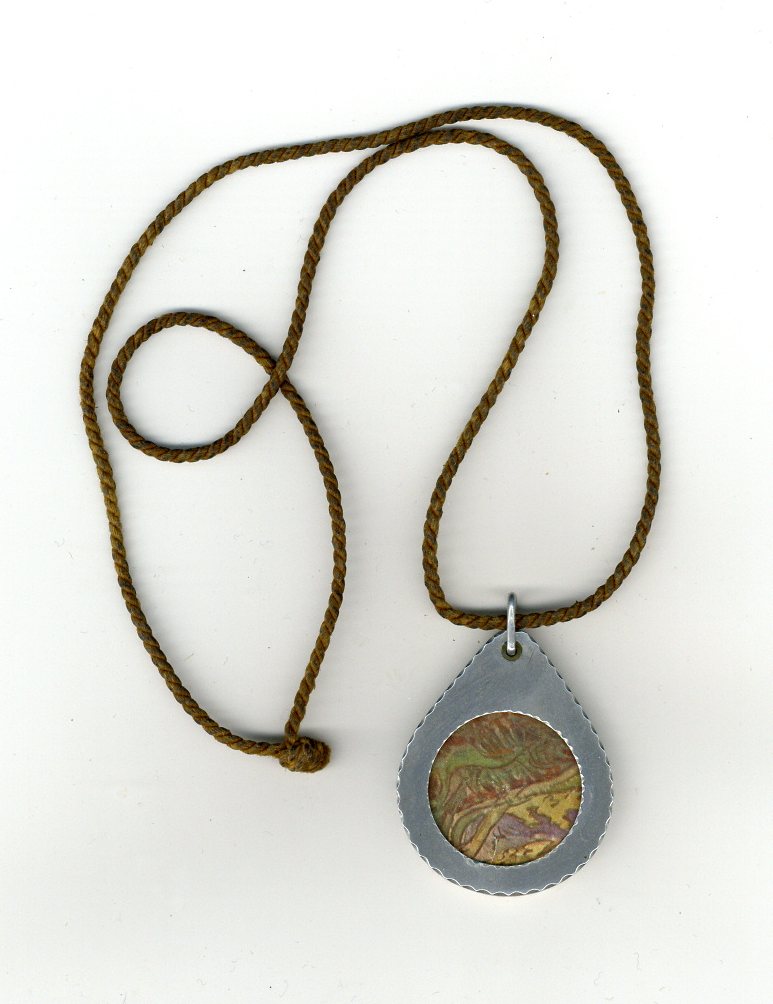
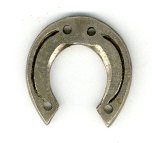
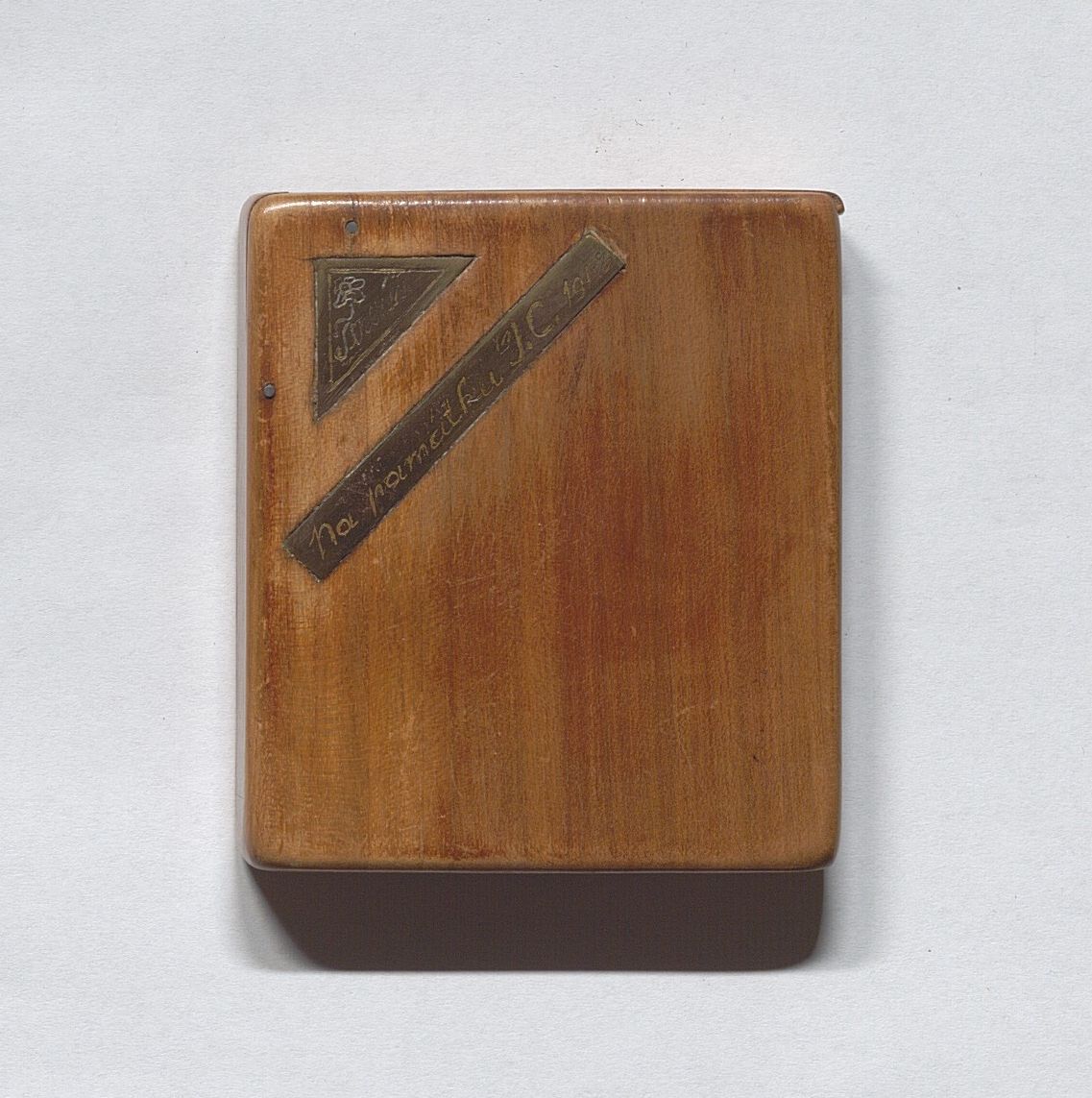
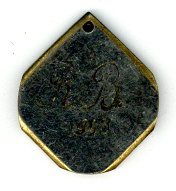





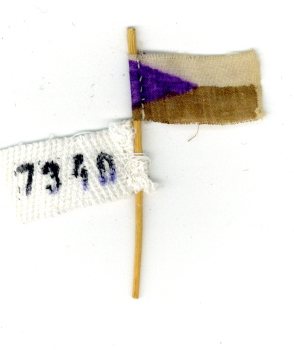
 1944 made by Josef Johánek in the Small Fortress Terezín, 1944, PT 7333.jpg)
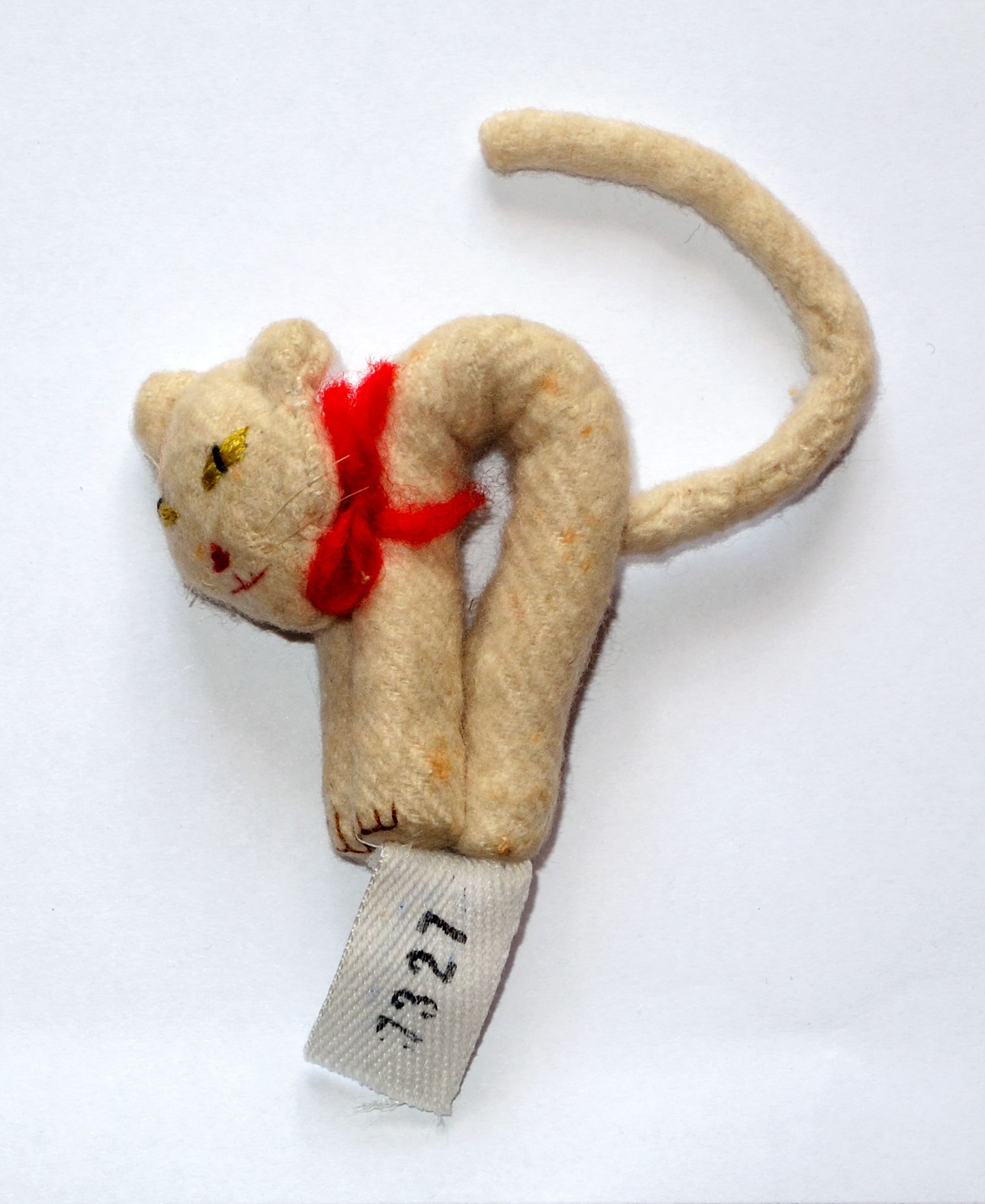
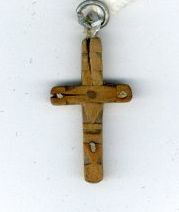
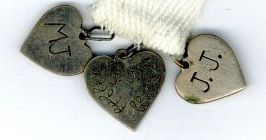
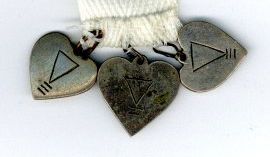
Stanislav Šmolík was as a member of the Kladno district committee of the underground Communist Party of Czechoslovakia until a random house search. Even though this incident had ended without any consequences for Šmolík himself, he was recalled, on conspiracy grounds, and served instead as a messenger for the organization. Gestapo agent Jan Vacek denounced most of the members of the party’s district committee at the end of April 1940. After their arrest, Ludvík Kuna, one of the detained, gave away Šmolík’s name under brutal questioning. The Gestapo arrested Stanislav Šmolík on May 6, and he then spent over a year in custody in the Zwickau and Dresden prisons. In September 1941, the Higher Land Court sentenced him for comprising to commit high treason. Šmolík began serving his three-and-a-half-year sentence in Waldheim but he contracted tuberculosis, and had to be transferred in September 1943 to the Mírov Prison in Moravia, reserved for inmates suffering from lung diseases. He was expected to be released in February 1944 but, just as many other inmates, he stayed in jail. This was followed by his transfer to Prague-Pankrác and then, at the end of March, he was sent to the Gestapo Police Prison in the Small Fortress in Terezín. Being a skilled and experienced tinsmith and plumber, Stanislav Šmolík was assigned to cell No. 23 in the Workshop Court in the Small Fortress. The inmates imprisoned in this section enjoyed somewhat better conditions, as most of them served in workshops which offered certain benefits and advantages. Šmolík repaired various things, e.g. kitchen utensils or watering cans, and he allegedly made a child pedal car, an order from the prison commander Heinrich Jöckel (1899–1946). In his free time, Šmolík was able to make different smaller objects. One such artifact was a preserved pocketknife with an engraved decorated stem with petals and a blossom on one side of its copper handle, and the inscription “Terezín 1944” on the other. Kept under the inventory number PT 6152, this knife was eventually donated to the collection of the Terezín Memorial by Stanislav Šmolík’s fellow inmate, varnisher František Morávek. Early in 1944, Stanislav Šmolík was sent to the Flossenbürg concentration camp with an accompanying note “return undesirable”. Due to his bad health he had avoided being sent on a death march, and was liberated by the US Army, together with the rest of the inmates, on April 23, 1945. He could return home only after a one-month quarantine. He returned to Bohemia on May 28 and for several months kept recovering from his diseases and hardships caused by incarceration. Partially recovered, Stanislav Šmolík was able to return to normal life in Kladno by the end of 1945.